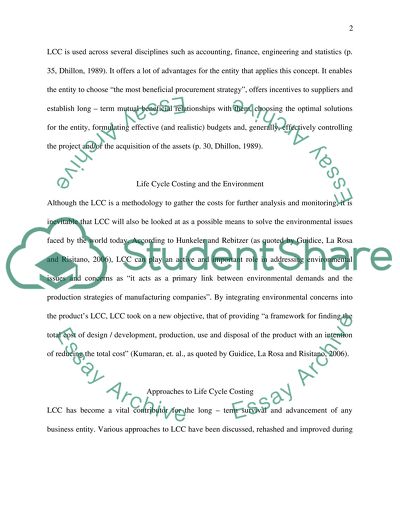Cite this document
(“Integrating Environmental Factors into Life Cycle Costing Research Paper”, n.d.)
Integrating Environmental Factors into Life Cycle Costing Research Paper. Retrieved from https://studentshare.org/miscellaneous/1565766-integrating-environmental-factors-into-life-cycle-costing
Integrating Environmental Factors into Life Cycle Costing Research Paper. Retrieved from https://studentshare.org/miscellaneous/1565766-integrating-environmental-factors-into-life-cycle-costing
(Integrating Environmental Factors into Life Cycle Costing Research Paper)
Integrating Environmental Factors into Life Cycle Costing Research Paper. https://studentshare.org/miscellaneous/1565766-integrating-environmental-factors-into-life-cycle-costing.
Integrating Environmental Factors into Life Cycle Costing Research Paper. https://studentshare.org/miscellaneous/1565766-integrating-environmental-factors-into-life-cycle-costing.
“Integrating Environmental Factors into Life Cycle Costing Research Paper”, n.d. https://studentshare.org/miscellaneous/1565766-integrating-environmental-factors-into-life-cycle-costing.


